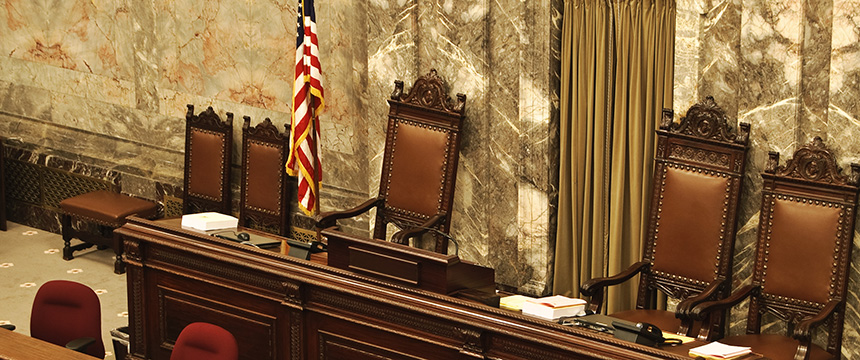
On December 20, 2020, Congress introduced a long-anticipated additional round of COVID relief legislation, known as the Bipartisan-Bicameral Omnibus COVID Relief Deal. This relief bill provides much-needed stimulus to individuals, businesses, and hospitals in response to the economic distress caused by the coronavirus (COVID-19) pandemic. The House and Senate are expected to vote on the bill this evening, and the President is expected to sign it into law. The bill summary can be found here, and it was the result of last-minute frantic negotiations. The bill text has not yet been released. Below are the top ten takeaways of this bill. The Foley team will analyze the bill as soon as it is released to provide a detailed summary.
- Has a price tag of $900 billion. It will be attached to a $1.4 trillion year-end spending bill, bringing the total cost of the package up to approximately $2.3 trillion, making it one of the biggest spending bills likely to be passed by the 116th Congress. Approximately $429 billion of the package will come from repurposed, unused Paycheck Protection Program funds that were appropriated in the CARES Act in March.
- Includes an extension of the Federal Pandemic Unemployment Compensation program, in which the federal government supplements state unemployment benefits. This round of the program is expected to include benefits of $300 per week for up to 10 weeks, beginning as soon as Dec. 27, 2020. The legislation helps the unemployed further with a $25 billion temporary and targeted rental assistance program, and extends the eviction moratorium through January 31, 2021.
- Provides a new round of stimulus checks at $600 per individual, including children, under an income threshold of $75,000 per year or more. It will also provide food assistance to struggling families through increases in SNAP benefits, funding for the Commodity Supplemental Food Program, and support for farmers.
- Includes roughly $325 billion for small business loans, including a second round of the Paycheck Protection Program. It will make the loan forgiveness process more simplified for borrowers with loans of $150,000 or less.
- Includes $82 billion in education funding, including K-12 and higher education to assist with reopening for in-person learning. The bill includes aid for private schools, territories, and the Bureau of Indian education. It will also allow for $10 billion in grants to childcare centers to help providers safely reopen.
- Provides $68 billion in funding to assist with testing, tracing, vaccine development, and vaccine distribution. Pfizer and Moderna have both received emergency authorization for their COVID-19 vaccines, and each state is in charge of distribution, making funding in this category particularly important.
- Helps the transportation sector with $50 billion in assistance for airlines ($16 billion), airports ($2 billion), highways ($10 billion), buses ($2 billion), Amtrak ($1 billion), and public transit ($14 billion). It will also help the U.S. Postal Service by eliminating a loan repayment requirement from the CARES Act.
- Provides $3 billion to the Healthcare Provider Relief Fund, which will reimburse providers for added expenses and lost revenue due to the pandemic.
- Republicans and Democrats hope to work toward at least one more relief package early next year in the 117th Congress. The GOP will look to include liability protections from lawsuits for businesses or schools that were open during the pandemic. Democrats, meanwhile, will hope to include a large pot of money for state and local governments.
- The final obstacle was overcome through a deal with Sen. Chuck Schumer (D-NY) and Sen. Pat Toomey (R-PA). Sen. Toomey dropped his drive to prevent the Chair of the Federal Reserve from establishing similar facilities in the future to the ones created after the CARES Act was passed in March. Sen. Toomey acknowledged he narrowed his proposal but said he is “very pleased” he achieved his goals: rescinding unspent funding for the CARES Act facilities, winding them down and banning their reopening.
Companies in all sectors of the economy continue to be impacted by COVID-19. Foley is here to help our clients effectively address the short- and long-term impacts on their business interests, operations, and objectives. Foley provides insights and strategies across multiple industries and disciplines to deliver timely perspectives on the wide range of legal and business challenges that companies face conducting business while dealing with the impact of the coronavirus. Click here to stay up to date and ahead of the curve with our key publications addressing today’s challenges and tomorrow’s opportunities. To receive this content directly in your inbox, click here and submit the form.

